Evidence —— A Structured Approach
----- 证据:结构化方法
This book’s unique structured approach facilitates learning and incentivizes students to prepare for class. One Federal Rule of Evidence introduces each section, followed by text explaining the background, rationale, and details of the rule. The text includes numerous diagrams as visual aids to learning and short transcripts that illustrate how the rules are applied in the courtroom. The authors emphasize the rules over cases, but include a few edited versions of the seminal cases that every lawyer should know. The heart of the “structured approach” is the Questions for Classroom Discussion, which follow the narrative explanation for each rule. These questions consist of simple hypothetical cases allowing for a step-by-step analysis of each section of the pertinent rule. Because students know what questions the professor will ask in class, they quickly learn that preparation pays off. Evidence: A Structured Approach, Fifth Edition also allows students to download the questions directly for the book’s page on WKLegaledu.com into their notes before class, freeing students to spend more time thinking and less time typing. New to the Fifth Edition: New author Kevin Lapp brings a highly effective manner of communicating with students reminiscent of one of the original authors of this text, David Leonard. Extensive revisions to make the text more accessible to students and easier to teach from, and to reflect recent developments in the law: Shorter length (by more than 200 pages) avoids diversions and details better left to treatment in law reviews or advanced courses Exam Tip boxes at strategic points in each chapter help students understand how a given rule is typically tested Key Questions boxes at the beginning of each chapter (with concise answers in the appendix) assist the student in focusing on the heart of the material about to be covered More charts and diagrams to help students visualize complex concepts and the connections between rules Professors and student will benefit from: The structured approach—a series of short hypotheticals for class discussion—are provided for each rule. Each hypo in a series builds on the previous hypos until it is clear what the key parts of the rule mean and how those parts work together. Because students know in advance what questions will be the focus of class discussion, they have a strong incentive to come to class prepared. This approach is how most professors teach evidence law, even when they use a book that emphasizes cases—by presenting a series of hypos that build upon one another. The difference is that this book complements how most professors already teach the course. The Hearsay chapter—this difficult topic is taught through literally hundreds of examples. The narrative explanations are supported by visual depictions of key concepts. This includes diagrams that show students how to tell hearsay from non-hearsay by thinking about the logical steps that connect a statement to the fact it is offered to prove (Statement --> Inference --> Conclusion). Streamlined, manageable length—makes it easy for professors to cover and students to focus on the important material. The impact of new technology and recent rule amendments—explored through cases and problems.
{{comment.content}}
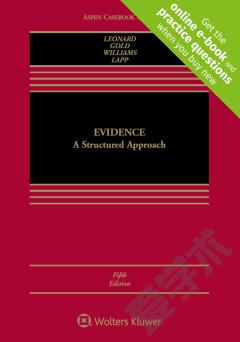
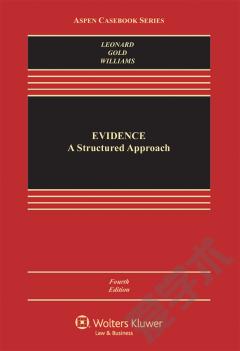
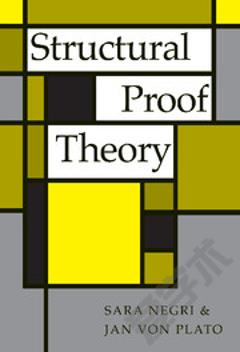
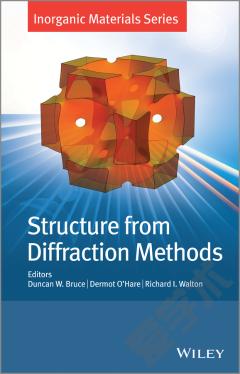
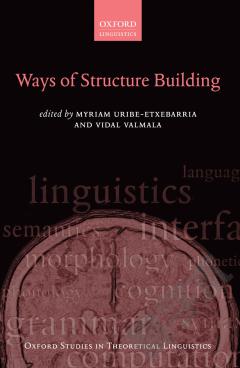
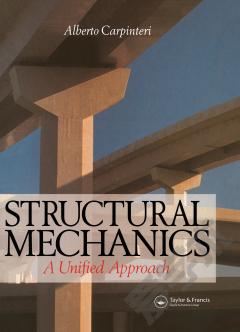
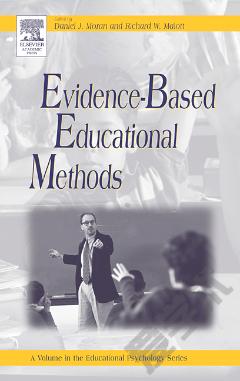

 京公网安备 11010802027623号
京公网安备 11010802027623号